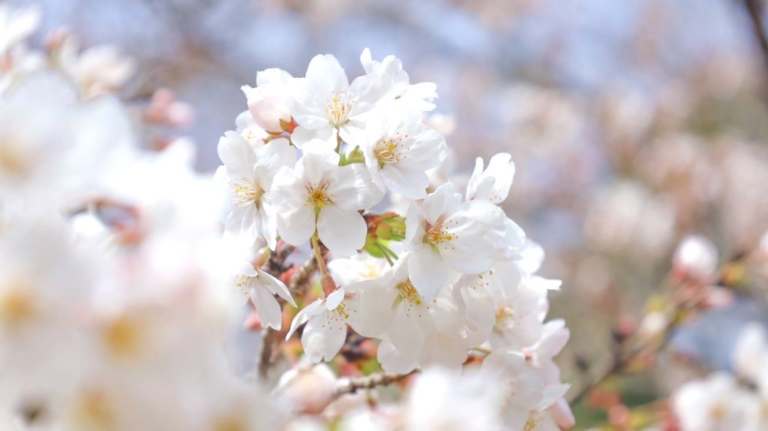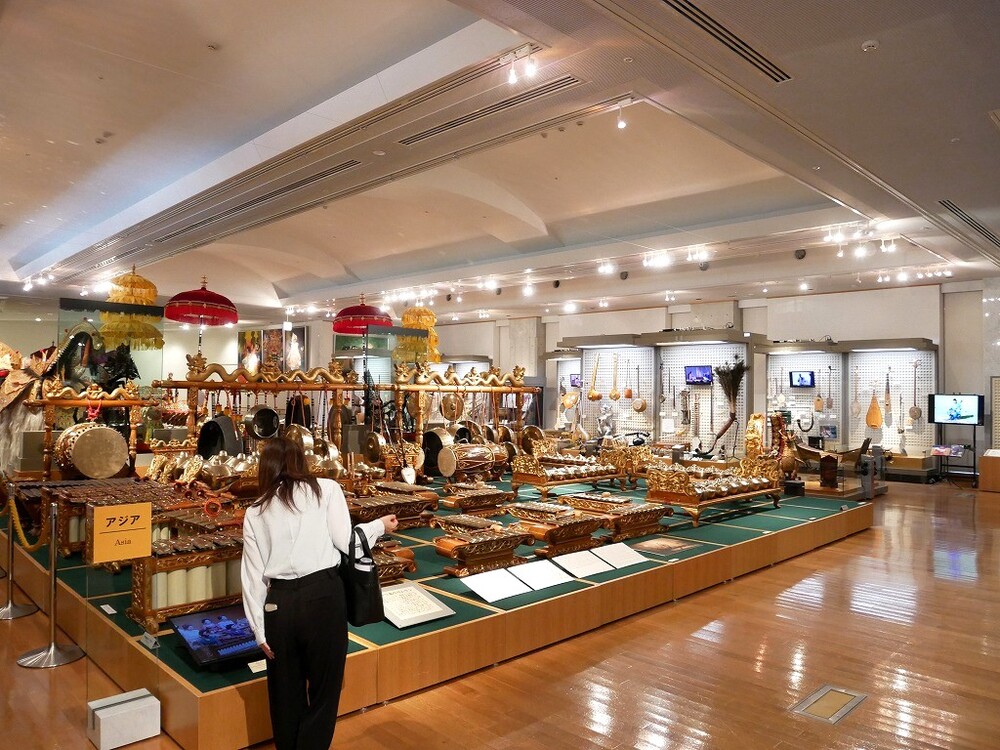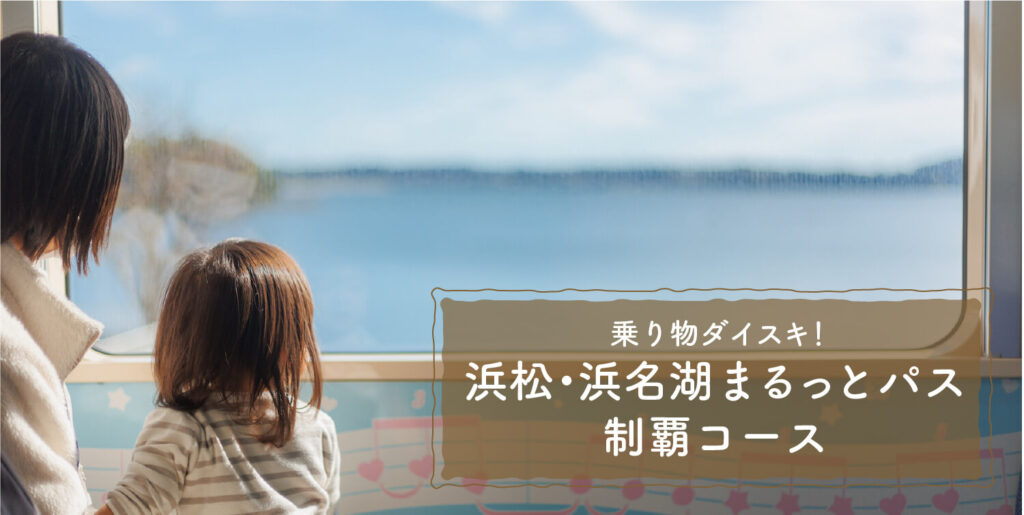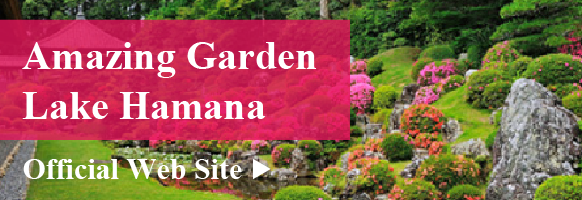Get to Know Hamamatsu
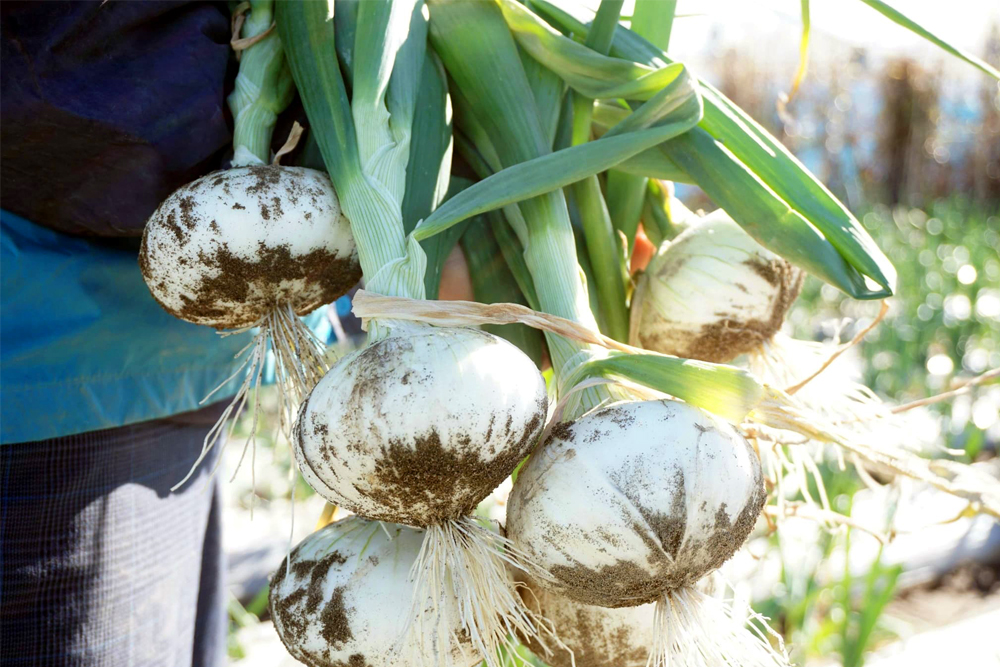
- Eat
Anti-aging without waiting for spring with pure white onions from Shinohara, which is the earliest harvested in Japan!
Blood thinning, fatigue recovery, constipation relief, and anti-aging. All of these are health words that you may be interested in.
There’s something about this health word that really hits home. Onions are a classic vegetable that everyone knows. You can boil it, stir-fry it, or have it in Japanese, Western, or Chinese style! It is a versatile ingredient.
I think many people are aware of the high nutritional value of onions, which have been featured frequently on health programs in recent years, but did you know that onions are sensitive to heat and water? It is said that eating raw is the best way to absorb nutrients more effectively. However, regular onions have a uniquely strong spiciness and are difficult to eat raw.
Therefore, I would like to recommend pure white onions from Shinohara, Chuo-ku, Hamamatsu City, which are less spicy. They are the earliest onions in Japan to be shipped early in the new year, and are delicious and can be eaten raw.
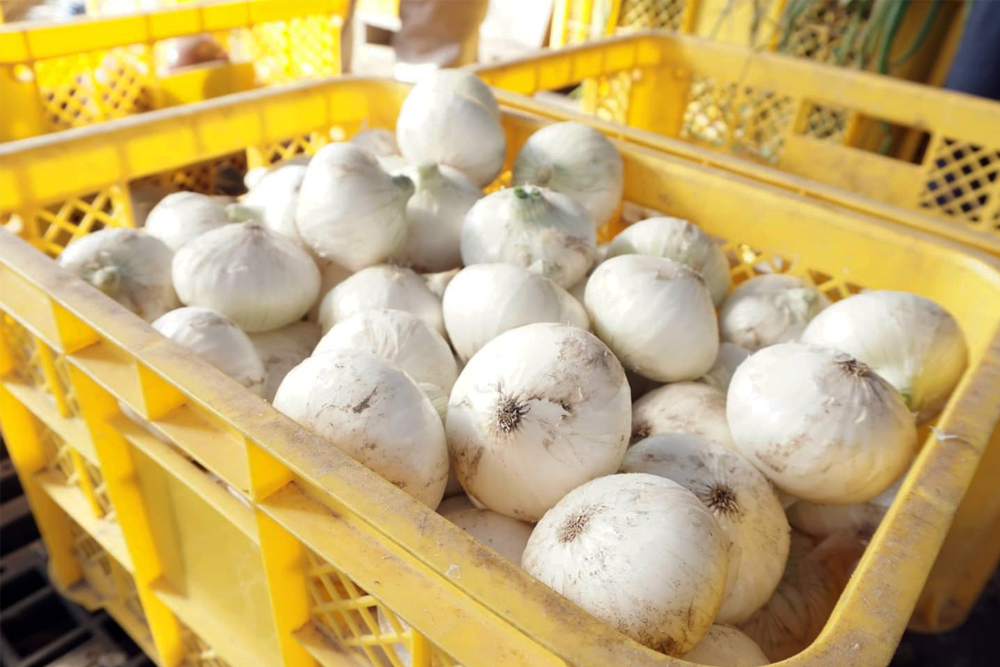
Harvested white onions from Shinohara with pure white skin.
Speaking of onions that can be eaten raw, “new onions” are in season from spring to early summer (March to May). Shinohara-grown white onions are faster than that. It will be available from January, right after the New Year. The Shinohara district is located in the south of Hamamatsu City, close to the sea. The region has been a thriving producer of onions since the Meiji era, with a warm climate suitable for growing onions, sandy soil with good drainage, and a high groundwater level.
However, rather than the typical brown onions with dry skins, the onions produced here are harvested with green leaves and are shipped immediately. It is shipped under names such as “salad onion,” “white onion,” and “white onion.”
In late December, I visited an onion field waiting to be harvested. A green field all over. Everything under this green is onions.
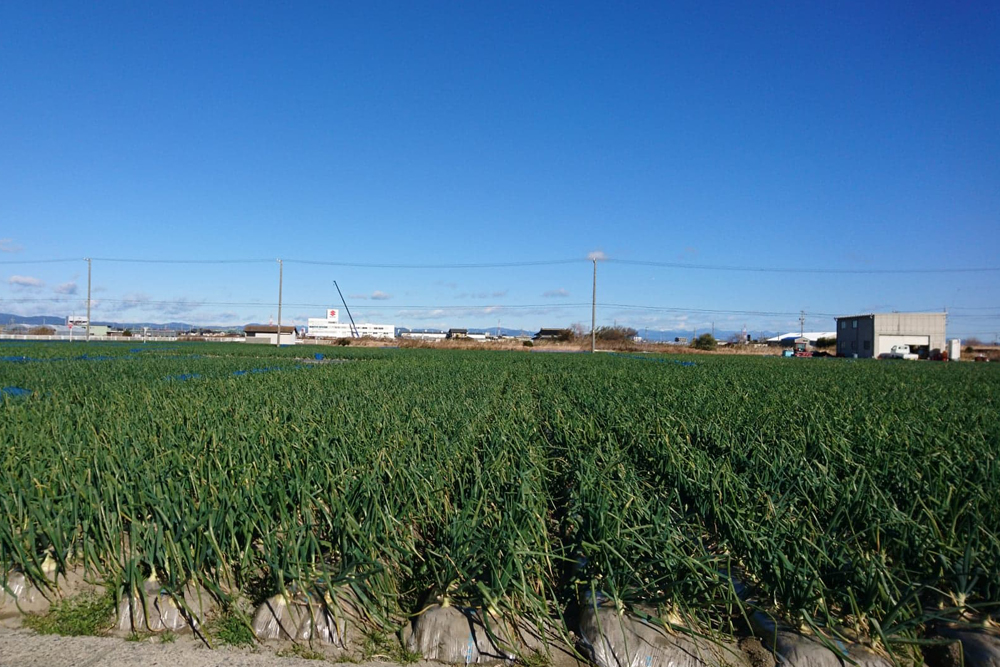
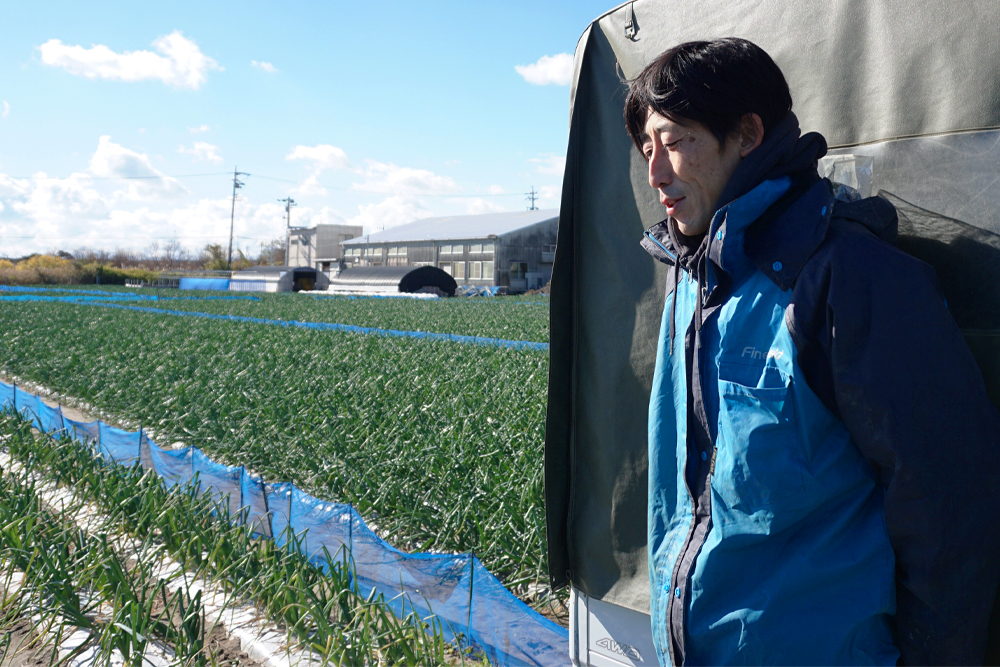
We were guided by Mr. Mako Shojima, the representative of Shojima Noen.
Mr. Shojima is a young new farmer who will be harvesting his crops for the fifth time this year.
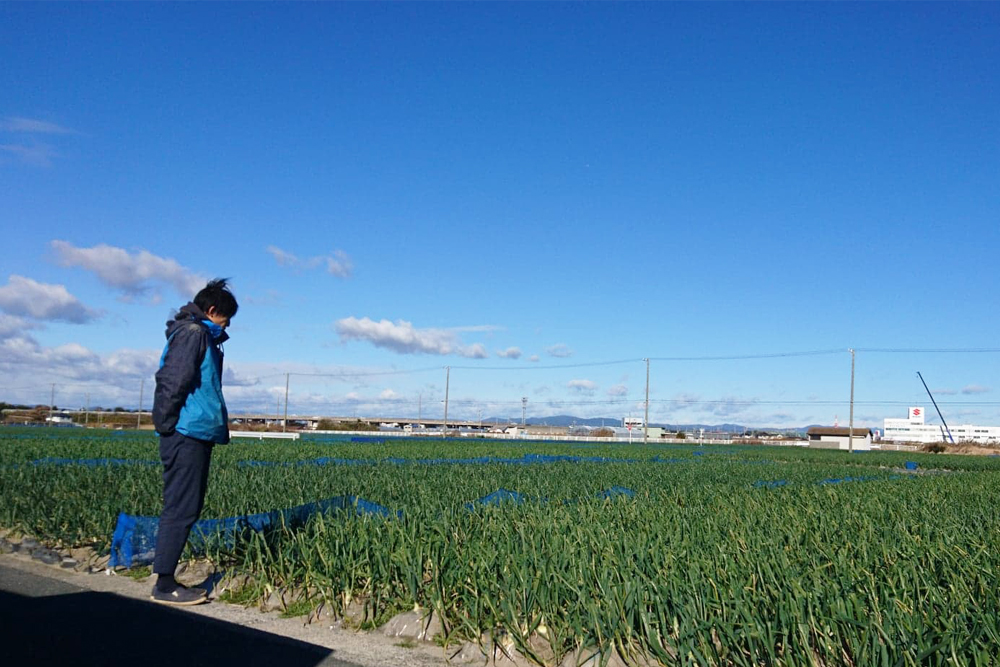
Even though it’s called a field, it’s not just brown soil. There is a vast expanse of fine gray sand.
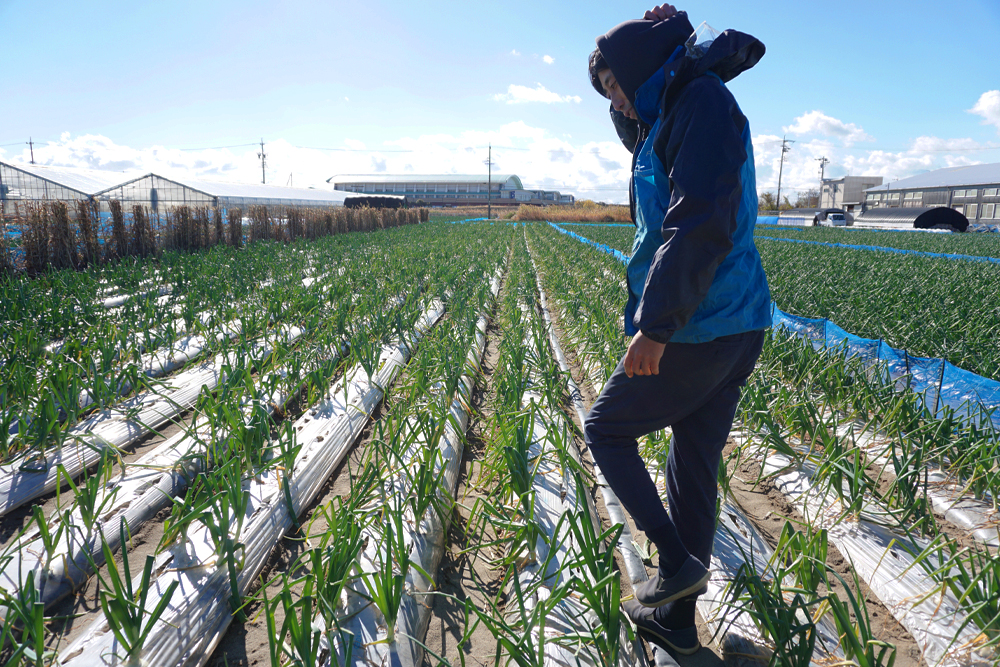
”It’s cold, but this wind is also what makes it delicious,” says Mr. Shojima, as he enters the field, pulling his hood over his head in the cold Enshu breeze.
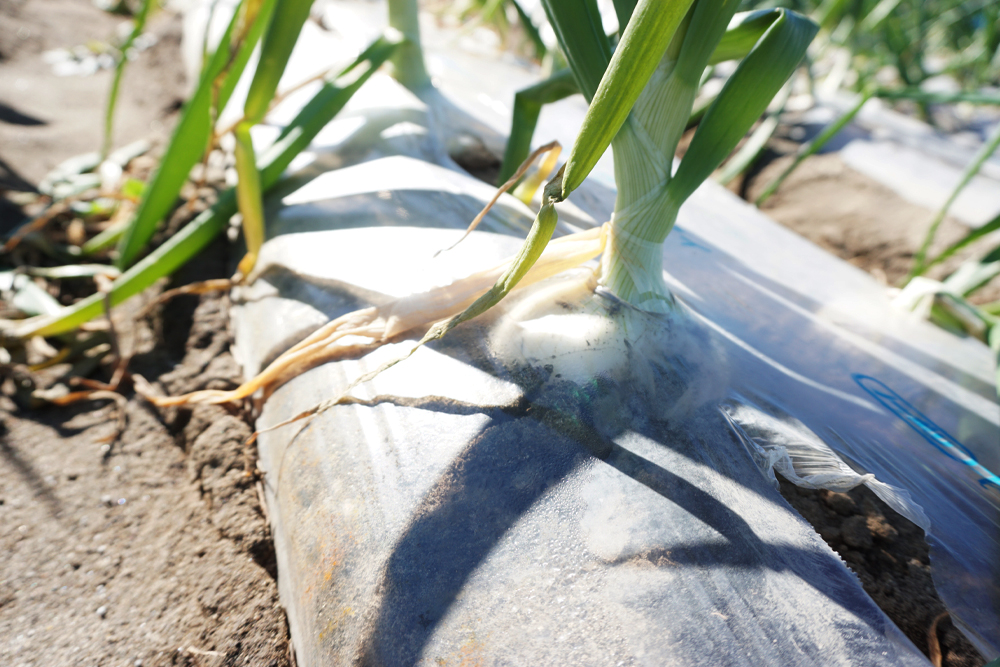
When you get closer, you can see a fully grown onion through the vinyl. Harvest each piece while visually checking its size.

I was also let go.
The onion slipped out from between the vinyl without putting in half the effort I had imagined. It’s so comfortable that you’ll want to pull it out as much as you want. The sand that came with the onions was also smooth.
Harvested onions have a firm, fresh texture. After five years of starting his business, Mr. Shojima says, “I’m finally able to make what I want.”
Shinohara-produced white onions are characterized by their slightly flattened shape rather than a round shape, with little skin to discard, making them thick and sweet. It has a lot of moisture and has little irritating odor, so it won’t hurt your eyes even if you cut it with a knife. First of all, I want you to fully enjoy it with onion slices. Of course, the sweetness that comes through the heat is also exceptional.
The leaves and roots of each harvested onion are cut by hand, but during the first half of the harvest season, “salad onions with leaves” are also available, which have leaves that remain lush and green. “Leafed” means that onions are freshly harvested with green leaves.
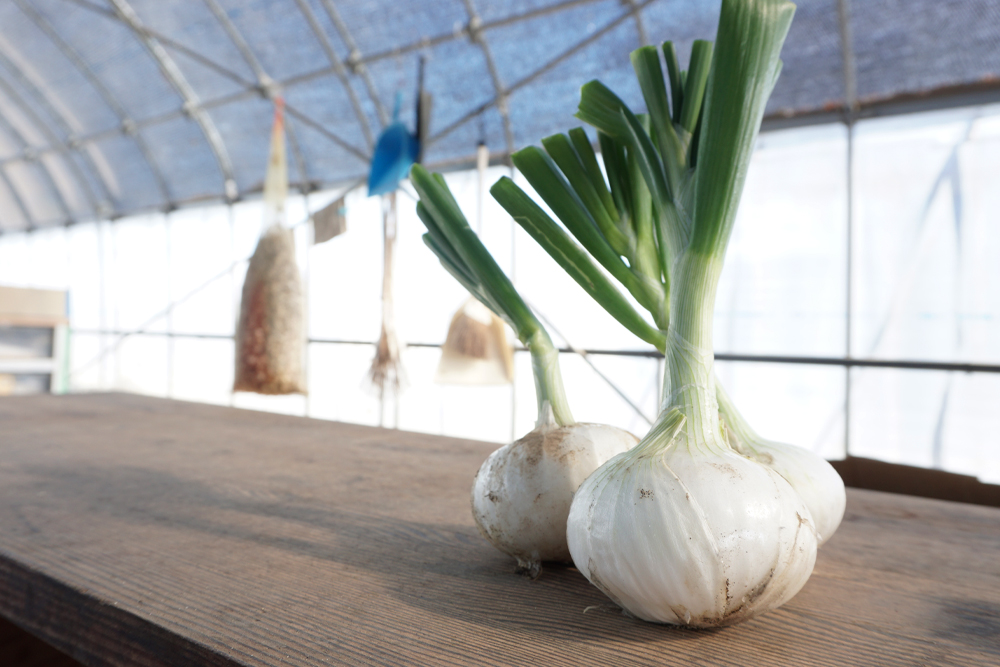
Of course, even the leaves are delicious to eat. When you find it, be sure to try its flavor.
In Shinohara, as in other industries, some people are giving up their fields due to the aging population and lack of successors, but the company has accumulated technology that allows it to ship products the fastest in Japan. “The production area is like a living national treasure. I want to protect it,” says Mr. Shojima.
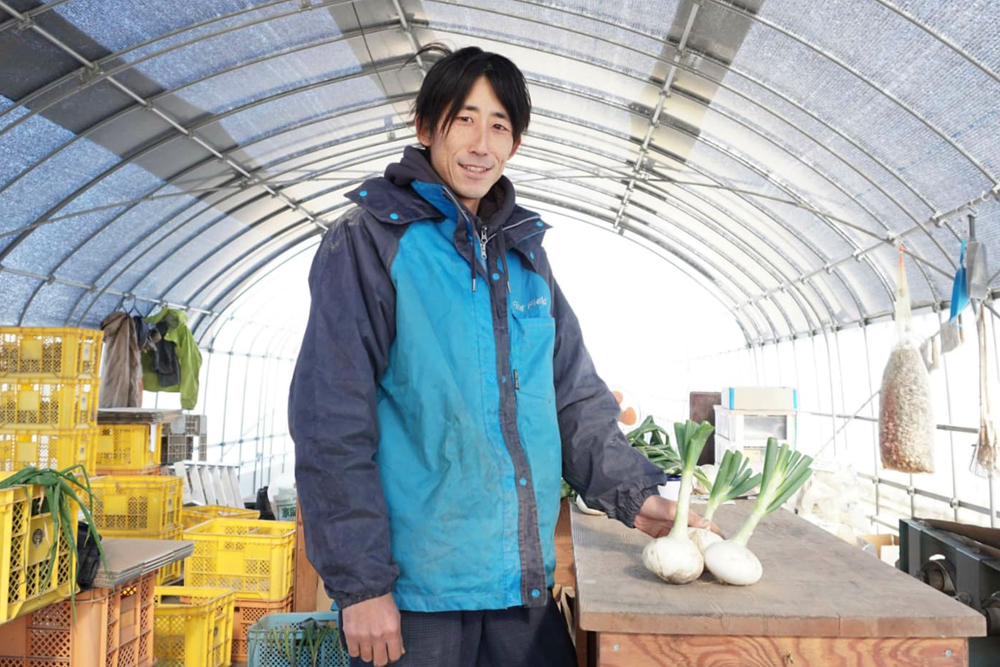
“I want people all over the country to know the taste of Hamamatsu onions,” so they created an online direct sales page and started shipping nationwide. This year, I want you to eat raw white onions from Shinohara, which are shipped the earliest in Japan. Why not try some delicious anti-aging treatments with white onions, one of Hamamatsu’s specialty vegetables?
Shojima Noen Ozawatomachi Office
Direct sales page Nationwide shipping available
「https://shinohara-shintama.jp/chokubai/products/list」
1671-2 Ozawato-cho, Minami-ku, Hamamatsu City, Shizuoka Prefecture 432-8063
